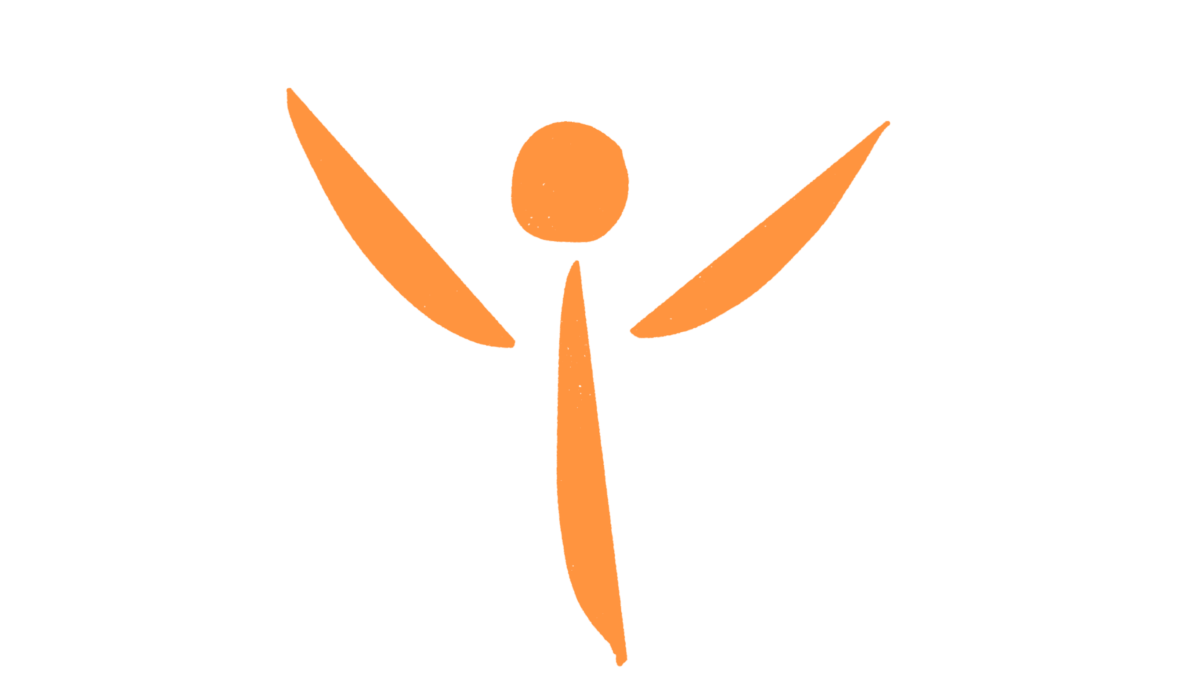
What is the purpose of fear?
What outcome is that e-motion focused on?
Primarily Safety – to keep us safe, is one of the main reasons we become afraid, see fight, flight, freeze.
Let’s look at the SCARF model again
As David says, fundamental drivers of the brain are perceived threat and reward. In his SCARF paper he talks of an underlying principle that the brain operates on, Minimise Threat – Maximise Reward (Avoid – Approach) with a huge bias toward Minimise Threat (keep us safe).
Collaborating & Influencing using SCARF
So how does fear stop us? We hold beliefs about ourselves, often learned early in life, about what we can or can’t do, oh and we are right about those beliefs being ‘true’ 🙂

Looking at the picture above, familiar thinking / behaviour has the potential to trigger reward (dopamine) and it does. There is Certainty (one of the SCARF domains) about the familiar – we know what is going to happen. As the slide says even if the familiar thing is ‘bad’ for us we get a reward from the brain, see addiction.
New thinking / behaviour on the other hand triggers a perceived threat state, we are uncertain, not sure about what may happen, if we think in this new way, believe this new thing, act in this new way, we then trigger an amygdala flood.
How old do you think we are when we first perceive threat and reward?
As a child, we build patterns based on what our brain ‘learns’in terms of avoiding threat. The brain then uses these learned ways of thinking and behaving and they become familiar, laid down as patterns (which take no conscious effort to evoke when required). When we follow these familiar ways, we don’t get nasty threat feelings. Of course we are right when we justify those ways 🙂
What is happening?
One of the things that happens, is that we learn we do not like the effect of the threat response and the feelings it evokes within us. We then become afraid of feeling that feeling. 🙂 The brain being the brain, learns “ah ok if we don’t go to that threat state then we won’t get that horrible feeling” and we’ll feel ‘safe’! Oh and being the brain I know I am right about that 🙂
So that’s what we’ll do, we’ll just not go there and that’s a habit formed 🙂
What to do?
We need to go there 🙂 feel the fear and do it anyway. We think it / do it and nobody dies 🙂 We ride through the feelings of sick in the stomach (because blood moves to our muscles to get ready to fight or flight) of the rising heart rate, shallow breathing, dry mouth etc. We ride it out and in so doing our brain learns that actually, we can do it or think it 🙂 🙂
It may be useful to use the name it, claim it, tame it method here also. E.g. if you are feeling uncertain, just say “there goes my certainty trigger”
As you triumph over the fear / threat response doing the ‘new way’ will become easier and end up as the preferred way.
What about adrenaline junkies?
I’m not one 🙂 It would appear that they relish and look for the rush generated by the Fear/ Stress reaction in the mind and body
- What will you now feel the fear about and then do anyway?




